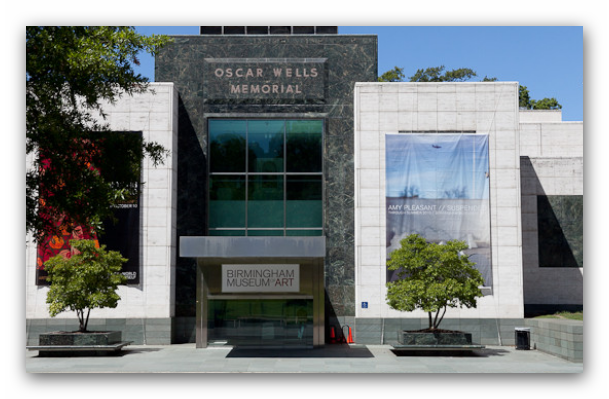Dec 8 2018 - Apr 21 2019
Birmingham, AL
Through the ages and across the globe, art has reflected faith. For centuries, artistic production in Europe, and elsewhere, was dominated by Christian themes. This religious art served many purposes, from embellishing altars and aiding in private devotion, to educating the faithful and acting as propaganda either for or against the church during the Protestant Reformation.
Jesus is Christianity’s central figure, and Christians believe he is the son of God and the savior who died to atone for humanity’s sins. How did artists represent such a crucial figure? How did they depict the central events so important to the story of salvation according to the Christian faith? And how did these traditions and conventions find artistic expression in different places and how did they change over time?
To depict important events from the life of Jesus and to reflect on his central role in the Christian faith, artists relied on texts, visual traditions, or both. At the same time, artists often conveyed complex theological concepts through their representations of the figure. Types of conventional images, such as the Madonna and Child, developed and evolved over time. Depictions of Jesus’s crucifixion could focus on the symbolic meaning of his death, imagine the historical setting, or aim to evoke an emotional response in the viewer.
This winter’s exhibition in the Arrington Gallery traces how artists imagined Jesus through examples drawn primarily from the BMA’s own collection. Included are prints, drawings, paintings, sculpture, quilts, flags, and books spanning more than 500 years.
Credit: Exhibition overview from museum website.
Jacopo d'Arcangelo del Sellaio, (Italian, Florence 1441 - 1493 Florence), Christ with Instruments of the Passion; Tempera on panel., 26 3/8 x 20 in. (67 x 50.8 cm). Gift of the Samuel H. Kress Foundation, 1961.99
Exhibition Venues & Dates
Dec 8 2018 - Apr 21 2019
Birmingham, AL

